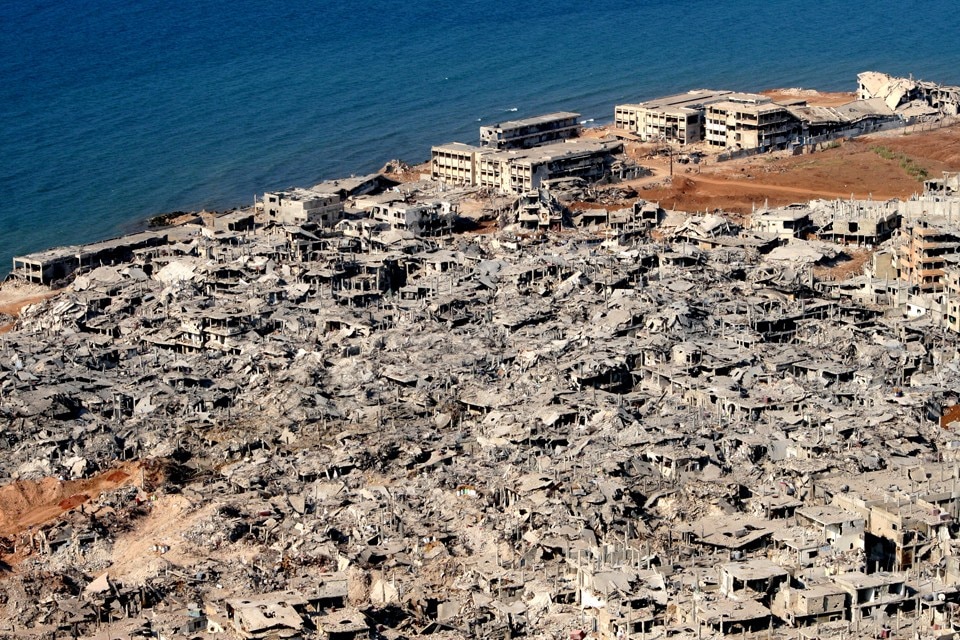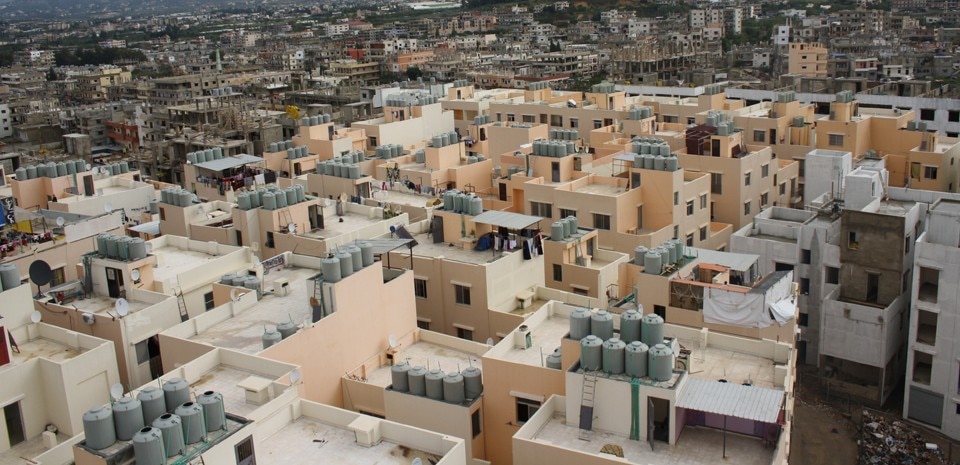Established in 1948, the camp followed the extended-family pattern and building typology of the refugees’ villages. In a layout where roads provided light and ventilation, the goal was to increase non-built areas from 11% to 35%: it was achieved by giving each building an independent structural system allowing for vertical expansion up to four floors on a reduced footprint.

Location: Tripoli, Lebanon
Architect: United Nations Relief & Works Agency (UNRWA), Nahr el-Bared Reconstruction Commission for Civil Action and Studies (NBRC)
Client: United Nations Relief & Works Agency (UNRWA), Beirut, Lebanon
Completion: 2011
Site size: 190,000 square metres




